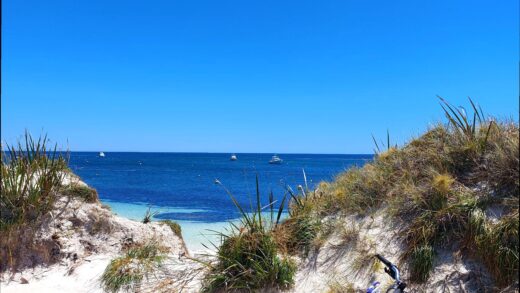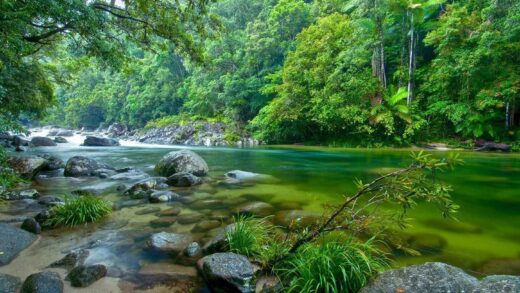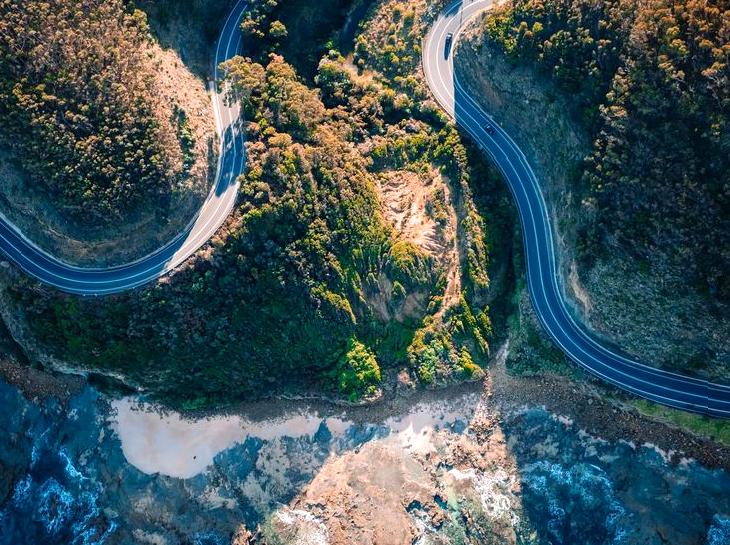
The Great Ocean Road is one of Australia’s most scenic coastal drives, stretching over 240 kilometers along the south-eastern coast. Known for its breathtaking views, iconic landmarks like the Twelve Apostles, and charming coastal towns, it’s a must-visit destination for both tourists and locals alike. This guide will provide you with everything you need to know about exploring this magnificent route, including key stops, travel tips, and must-see attractions to make the most of your journey.
Planning Your Trip
Before setting off on your Great Ocean Road adventure, proper planning can enhance your experience. First, consider your starting point. Most travelers begin in either Melbourne, which is approximately a 90-minute drive from the road’s start, or in the coastal city of Geelong. The best time to visit is during the warmer months from December to February, although spring and autumn can offer pleasant weather and fewer crowds. Take note of local events that may coincide with your trip, as festivals can enrich your experience.
It’s also wise to allocate enough time for your journey, ideally 2 to 3 days, to fully absorb the stunning landscapes and attractions. Create a flexible itinerary that accommodates spontaneous stops at scenic lookouts, quaint towns, and beautiful beaches. Utilize a GPS or mapping app to navigate the winding roads effectively. Lastly, don’t forget to pack essentials such as water, snacks, a camera, and sunscreen, as countless beautiful moments await you on this iconic route.
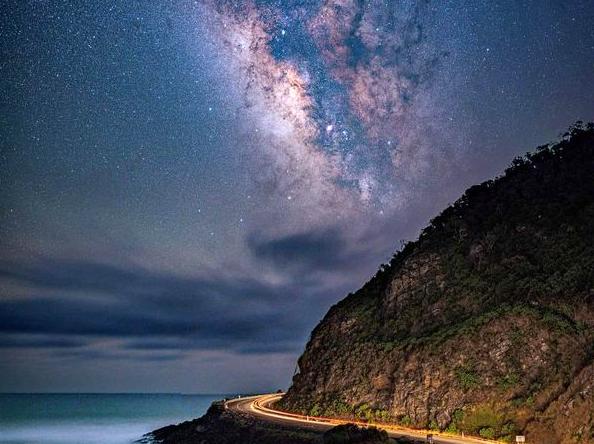
Key Attractions Along the Great Ocean Road
The Great Ocean Road is lined with remarkable sights that cater to various interests, from natural wonders to cultural experiences. Here are some top attractions you shouldn’t miss on your journey:
-
- Twelve Apostles: These limestone stacks are perhaps the most iconic symbol of the Great Ocean Road, offering picture-perfect views at sunrise and sunset.
- Loch Ard Gorge: A stunning cove with dramatic cliffs and rich history, named after a shipwreck that occurred in the area in 1878.
- Great Otway National Park: Home to lush rainforests, waterfalls, and diverse wildlife, this park is perfect for hiking and nature encounters.
- Apollo Bay: A charming coastal town ideal for relaxing, trying local seafood, or embarking on scenic hikes, including the notable Great Ocean Walk.
- Port Fairy: A historic fishing village known for its well-preserved architecture, galleries, and beautiful beaches.
These attractions together create a diverse blend of experiences that showcase the breathtaking natural beauty and rich cultural heritage of the region. Whether you’re interested in outdoor adventures, historical tales, or simply relaxing in picturesque surroundings, there’s something for everyone along the Great Ocean Road.
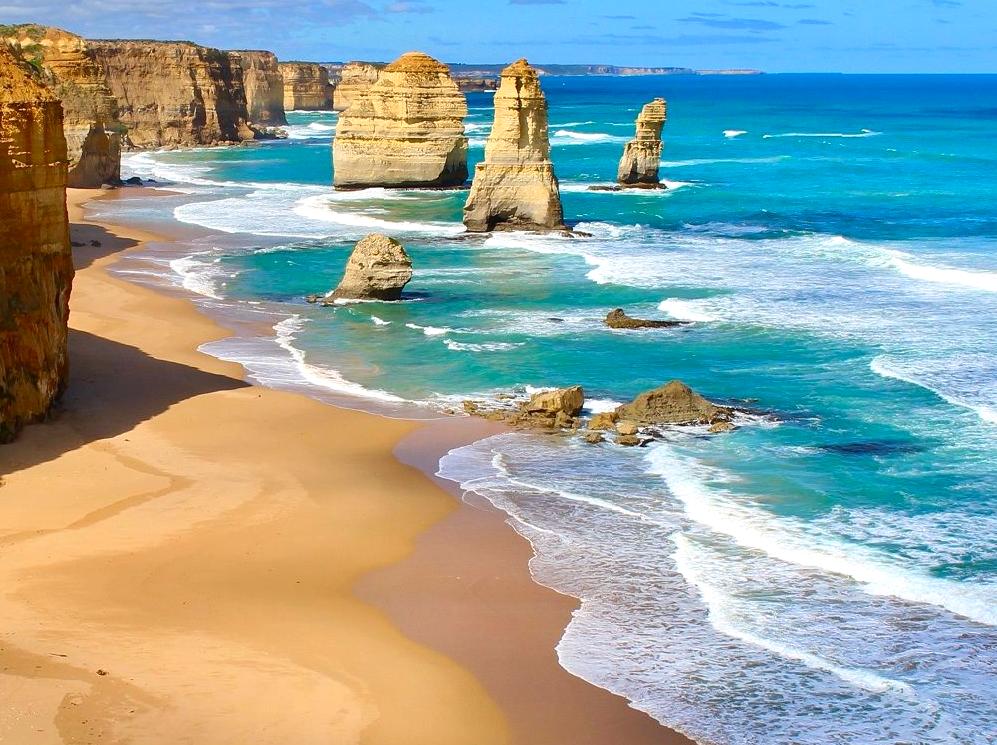
Where to Stop for Food and Accommodation
The Great Ocean Road boasts a range of dining options and places to stay, making it easy to refuel during your journey. From casual cafes and bakeries to fine dining restaurants, the food scene is vibrant and diverse. In places like Lorne and Apollo Bay, you’ll find numerous eateries offering fresh seafood, local wines, and gourmet coffee. Don’t miss the chance to try a classic Aussie fish and chips while soaking in the coastal scenery.
For accommodation, you can choose from a variety of options based on your budget and preferences. Options range from luxurious hotels and boutique B&Bs to budget-friendly motels and campgrounds. If you prefer a unique experience, consider staying in eco-lodges or cabins nestled in the bush or along the beach. Booking in advance, especially during peak seasons, is advisable to secure your preferred accommodation.
Lastly, exploring local markets can be a delightful experience. They often feature fresh produce, artisan goods, and delicious baked treats that allow you to taste the local flavors and support small businesses.
Outdoor Activities to Enjoy
The Great Ocean Road offers a plethora of outdoor activities that encourage exploration and adventure amidst stunning landscapes. Here are some popular activities to consider:
- Surfing: Iconic surf beaches such as Bells Beach attract surf enthusiasts from around the globe. If you’re a beginner, consider taking lessons from local surf schools.
- Hiking: The Great Ocean Walk stretches over 100 kilometers, providing adventurers with trails that showcase breathtaking views and diverse landscapes, from beaches to rainforests.
- Wildlife Spotting: Keep an eye out for kangaroos, koalas, and various bird species, particularly in the Great Otway National Park and along coastal paths.
- Whale Watching: From June to September, head to locations like Warrnambool for a chance to observe migrating Southern Right Whales.
- Mountain Biking: For the more adventurous, mountain biking trails are abundant in the Otway Ranges, providing a thrilling way to explore the lush surroundings.
Whether you’re seeking relaxation or adrenaline-pumping activities, the Great Ocean Road offers an abundance of opportunities to connect with the beauty of nature while creating unforgettable memories.
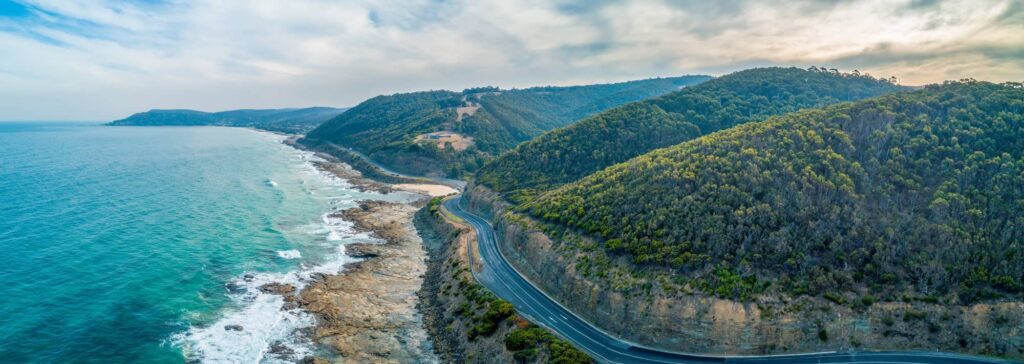
Conclusion
The Great Ocean Road is more than just a picturesque drive; it’s an immersive experience that showcases the natural beauty and rich culture of Australia. From iconic landmarks and charming towns to thrilling outdoor activities and delicious local cuisine, there’s something for every traveler. Allow yourself the time to explore and appreciate the magnificent coastal scenery and the unique experiences that each stop along the route has to offer. Whether you choose to spend a day or several days on this unforgettable journey, the Great Ocean Road will leave a lasting impression.
FAQs
1. How long does it take to drive the Great Ocean Road?
While you can drive the entire route in about 5 hours without stopping, it’s recommended to take at least 2-3 days to fully enjoy the scenery and attractions.
2. What is the best time of year to visit the Great Ocean Road?
The best time to visit is during the warmer months from December to February, but spring and autumn can provide pleasant weather and fewer crowds.
3. Are there any guided tours available?
Yes, many companies offer guided tours that can take you along the Great Ocean Road, providing insights and eliminating the need for navigation.
4. Can I camp along the Great Ocean Road?
Yes, there are several campgrounds and parks along the Great Ocean Road that welcome campers, providing a great way to experience the natural environment.
5. What should I bring on my trip?
It’s essential to pack water, snacks, sunscreen, appropriate clothing for changing weather conditions, and a camera to capture the stunning landscapes.
